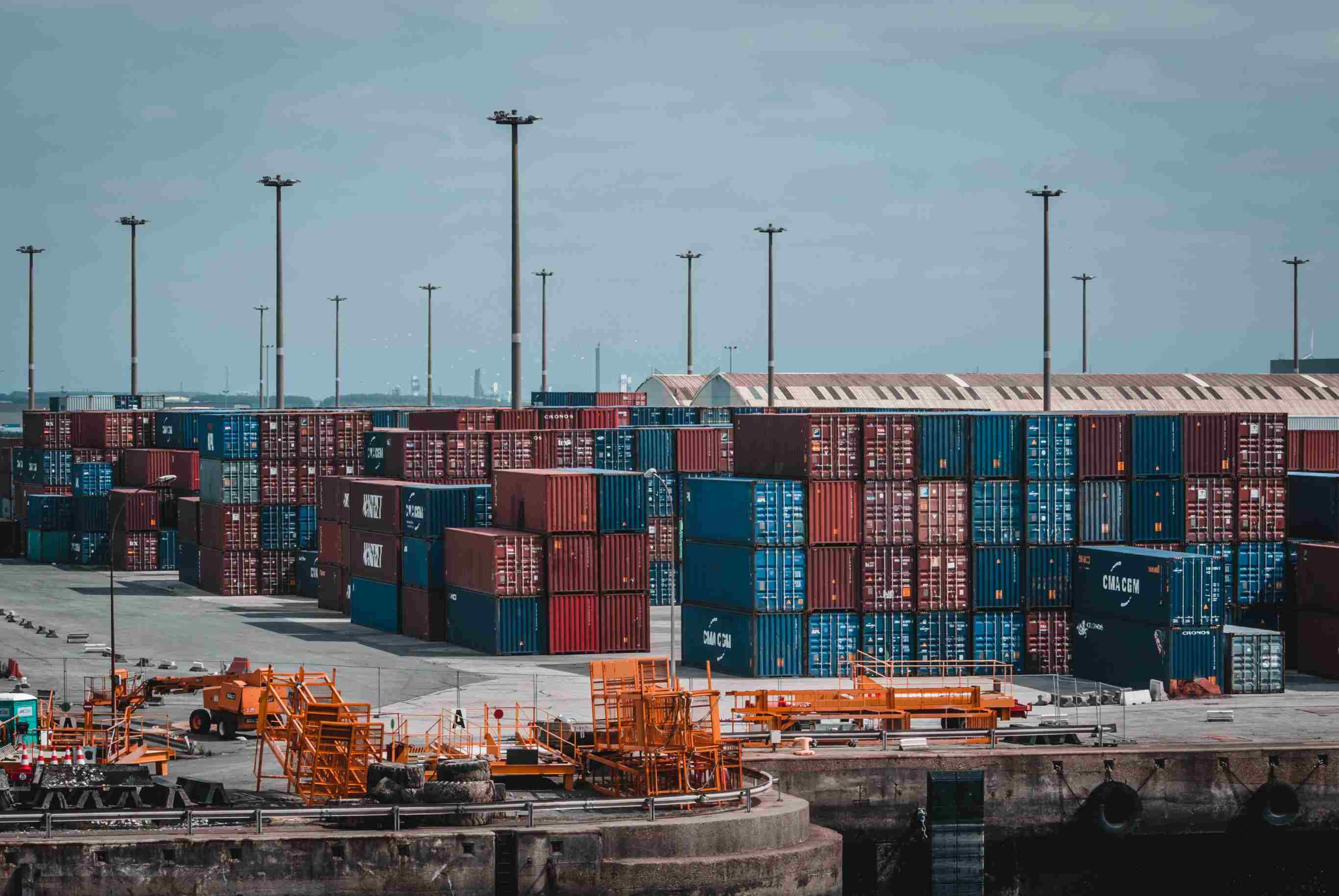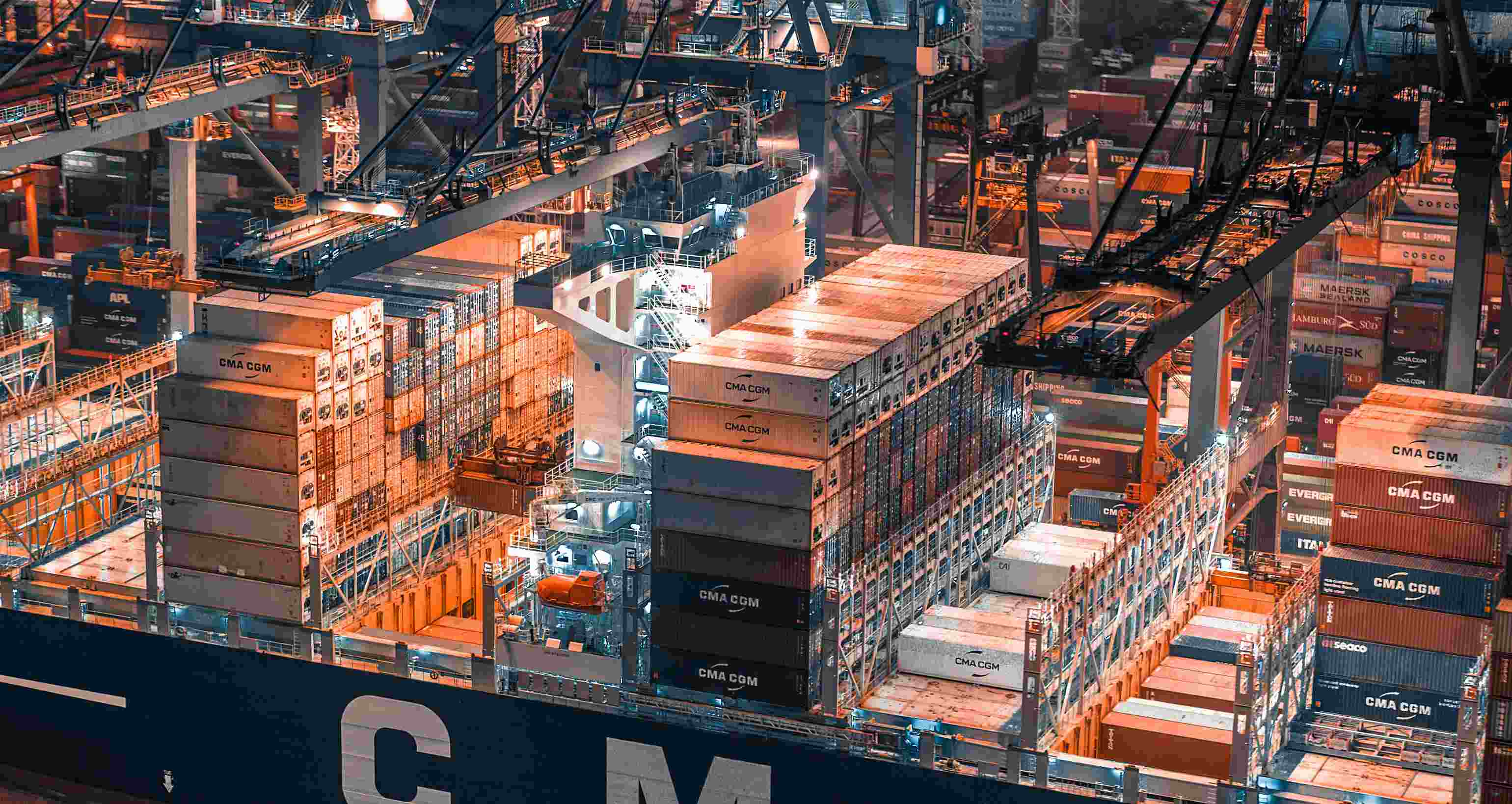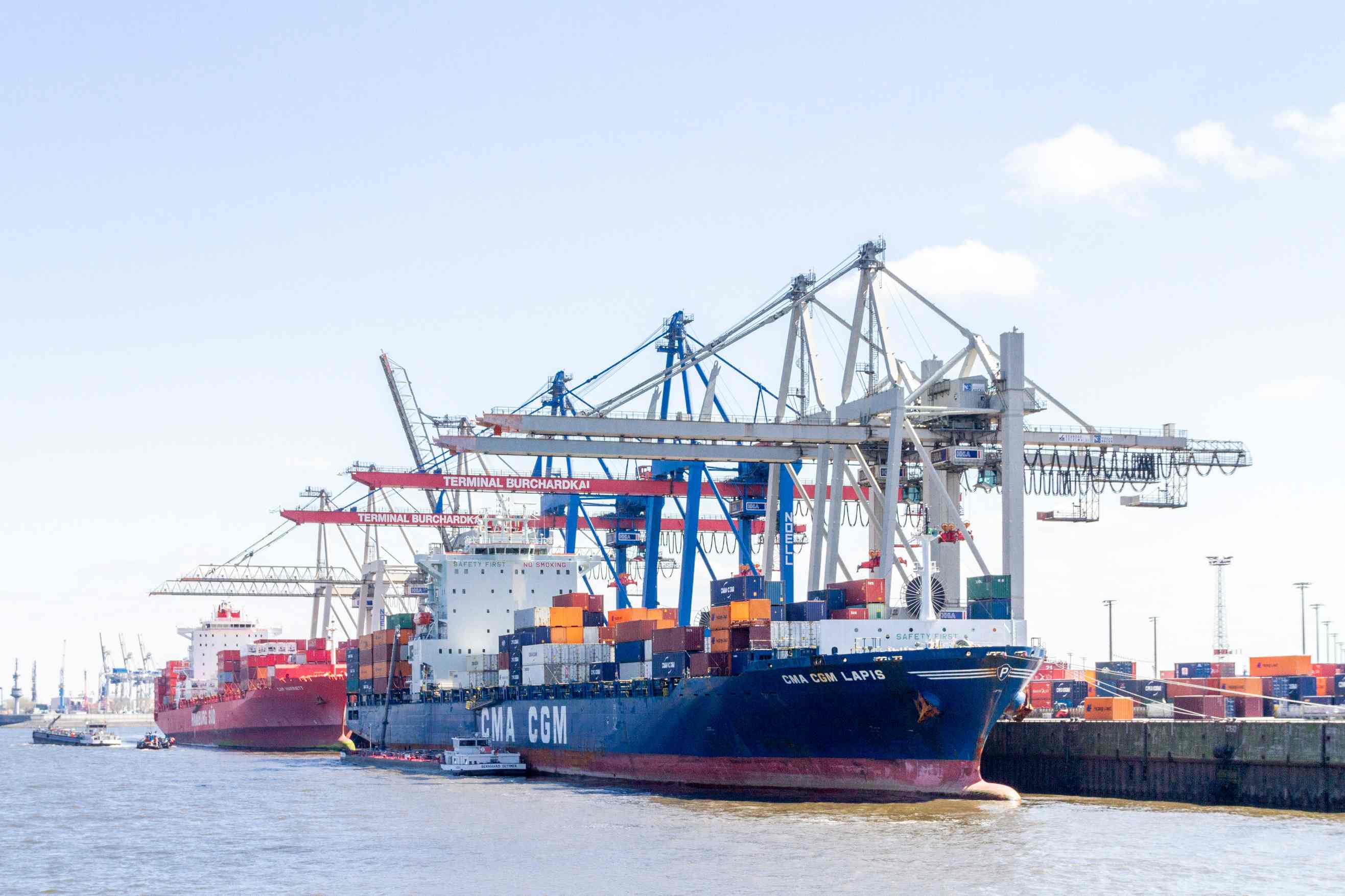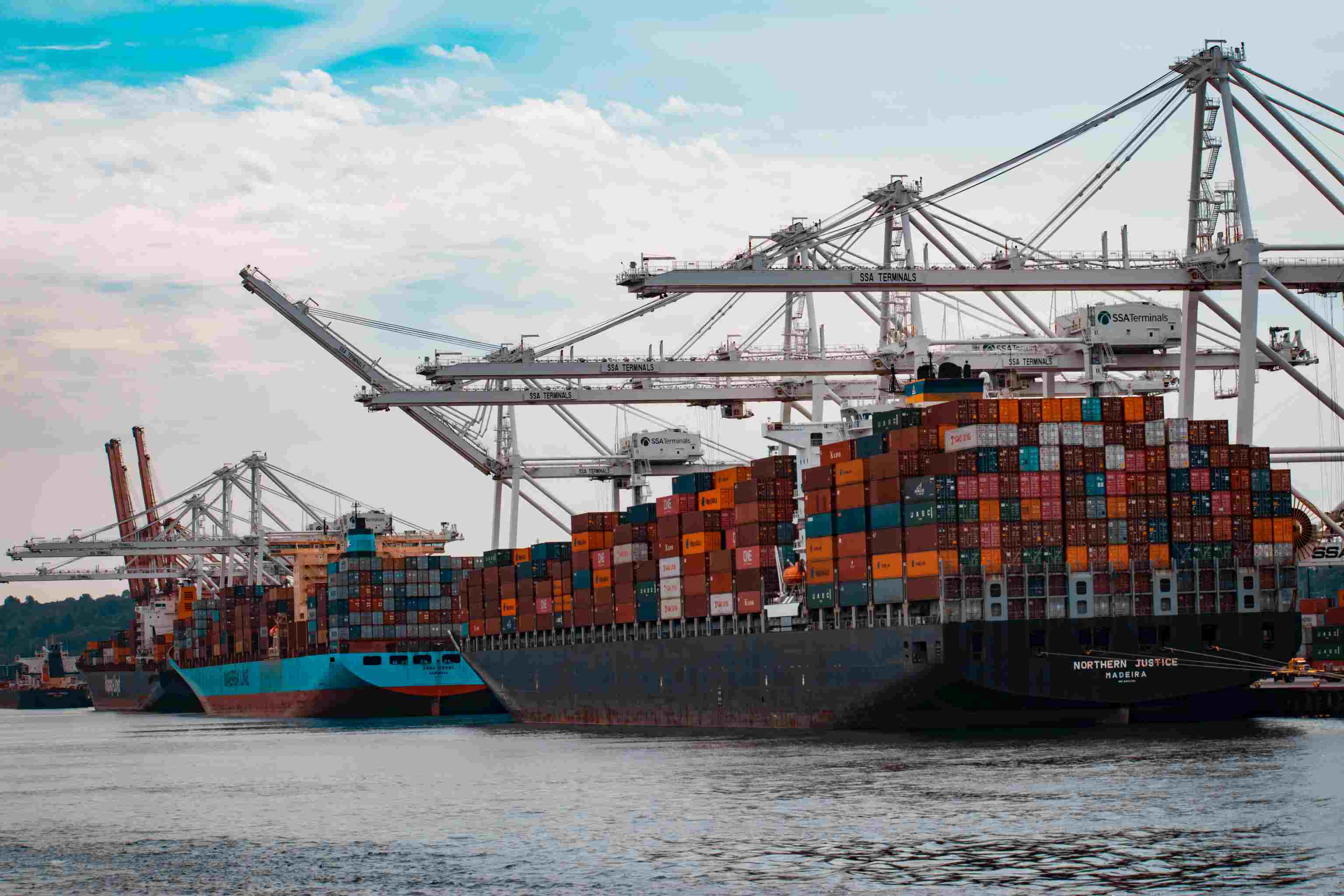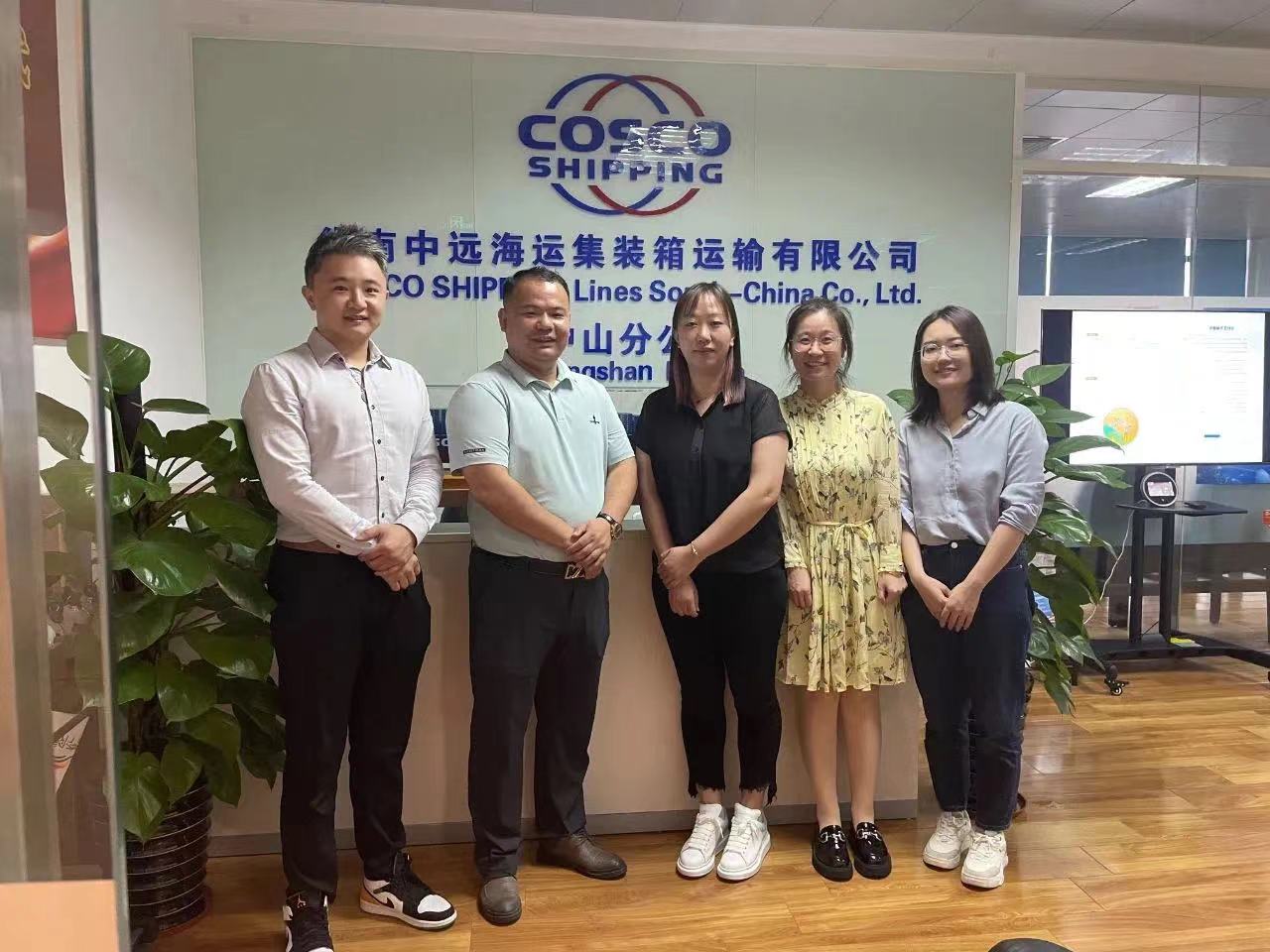How to Optimize Transit Time for Global Ocean Freight
Transit time is the total duration from the origin port to the destination port, including loading, sailing, transshipment, and customs clearance.
Managing shipping transit time effectively improves supply chain reliability, reduces inventory costs, and enhances delivery performance. Optimizing ocean freight transit time gives businesses a competitive edge with faster, more predictable deliveries.
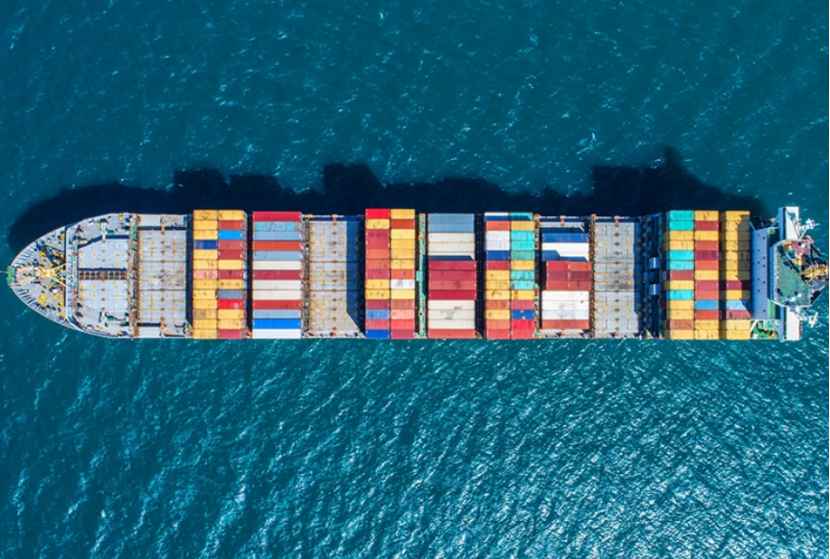
Why Optimizing Transit Time Matters in Global Shipping
Lower Inventory and Storage Costs: Faster deliveries reduce the need for large safety stocks and warehousing expenses.
Improved Cash Flow: Quicker transit allows goods to reach markets sooner, accelerating revenue generation.
Enhanced Customer Satisfaction: Reliable and faster shipping transit time strengthens client trust and loyalty.
Supply Chain Flexibility: Reduced transit time makes it easier to respond to market changes, production delays, or urgent orders.
Competitive Advantage: Companies that consistently deliver faster than competitors gain an edge in global markets.
Shorter transit times help businesses improve efficiency, maintain predictable schedules, and strengthen their overall supply chain performance.
Key Factors That Influence Ocean Freight Transit Time
Shipping Routes: Choosing direct routes over transshipment routes reduces total transit time, but transshipment can sometimes be more cost-effective.
Port Congestion: Busy ports and limited berths can delay cargo handling, increasing ocean freight transit time.
Weather & Seasonal Disruptions: Storms, typhoons, and peak shipping seasons can extend international shipping time.
Customs Clearance: Incomplete or inaccurate documentation may cause delays during inspections and customs processing.
Carrier Scheduling & Coordination: Experienced freight forwarders can optimize freight forwarding transit time through careful planning and resource allocation.
Understanding these factors allows businesses to plan shipments more accurately and reduce unexpected delays.
Common Challenges in Managing Transit Time
Unpredictable Delays: Port congestion, container shortages, or vessel rollovers can disrupt schedules.
Lack of Real-Time Visibility: Without tracking systems, it’s difficult to respond quickly to delays or disruptions.
Cross-Border Complexities: Different countries’ regulations and customs procedures may extend shipping transit time.
Coordination Gaps: Involving multiple intermediaries can create communication bottlenecks and additional delays.
Recognizing these challenges is essential for companies aiming to improve efficiency and reduce risks in global logistics.
Practical Strategies to Optimize Transit Time
Implement Real-Time Tracking Systems: Use digital platforms to monitor shipments and predict potential delays in transit time.
Choose Efficient Ports and Routes: Prioritize shorter or less congested global ocean freight paths to minimize delays.
Plan Shipments Strategically: Align shipping schedules with production cycles and average ocean freight transit time.
Optimize Documentation Workflow: Ensure customs papers are complete and accurate to avoid clearance delays.
Partner with Reliable Forwarders: Strong logistics partners help stabilize freight forwarding transit time and reduce uncertainty.
These strategies help businesses reduce delivery risk, improve supply chain predictability, and save costs.
The Role of Shipping Partners in Transit Time Optimization
Shipping partners play a critical role in managing and optimizing transit time. Reliable carriers and freight forwarders can ensure smooth coordination, reduce delays, and maintain predictable schedules in global ocean freight. Key contributions include:
Efficient Route Planning: Experienced partners select the most time-effective routes, minimizing port congestion and unnecessary transshipments.
Seamless Coordination: Professional freight forwarders handle loading, transshipment, and customs clearance efficiently, reducing disruptions to freight forwarding transit time.
Proactive Problem Solving: Established partners monitor shipments and respond quickly to unexpected delays, maintaining shipping transit time reliability.
How to Choose the Right Shipping Partner
Experience and Track Record: Look for partners with a proven history in your trade lanes and cargo type.
Global Network Coverage: Ensure they have strong port connections and agent networks across key destinations.
Technology and Tracking: Partners offering real-time shipment visibility and predictive analytics help reduce uncertainties in ocean freight transit time.
Customer Service and Communication: Clear, responsive communication is essential for coordinating adjustments and resolving issues quickly.
Cost vs. Reliability Balance: While cost is important, reliability and predictable transit time often outweigh minor price differences in international shipping.
By partnering with the right shipping company, businesses can achieve more consistent transit times, reduce supply chain risks, and improve overall delivery performance.
Conclusion
Effectively managing transit time is a strategic advantage in global shipping. Companies that optimize shipping transit time can improve efficiency, reduce costs, and enhance supply chain reliability.
By adopting smart logistics planning, leveraging real-time tracking, and collaborating with professional partners like HaiYuan Logistics, businesses can ensure consistent international shipping time, maintain customer satisfaction, and strengthen their position in the global market.
FAQ
Q1: What factors can cause unexpected delays in ocean freight?
A1: Delays may arise from port congestion, container shortages, vessel rollovers, adverse weather, or customs inspections.
Q2: How can real-time tracking improve transit time management?
A2: It allows companies to monitor shipments, predict delays, and make proactive adjustments to maintain shipping transit time.
Q3: Why is choosing the right shipping partner important for supply chains?
A3: Reliable partners optimize routes, coordinate loading and customs, and ensure consistent freight forwarding transit time.
Q4: What role does customs clearance play in international shipping time?
A4: Efficient documentation and inspection processes prevent unnecessary delays, keeping international shipping time predictable.
Q5: Can technology help predict delays before they occur?
A5: Yes, digital platforms and predictive analytics can identify potential bottlenecks and allow proactive scheduling adjustments.
Q6: How does seasonal shipping demand influence transit time?
A6: Peak seasons can cause port congestion and longer ocean freight transit time, requiring careful planning.
Q7: What strategies can businesses use to continuously optimize transit time?
A7: Companies can align shipments with production cycles, choose efficient routes, streamline documentation, and partner with reliable forwarders.
